Hair Growth Nutrition Calculator
How Does Your Diet Support Hair Treatments?
Answer 7 simple questions to see how well your nutrition supports Minoxidil and Finasteride effectiveness.
Your Nutrition Score
Hair growth can feel like a mystery, especially when you’re juggling prescription treatments and everyday meals. This guide breaks down how Minoxidil, Finasteride, and the foods you eat interact, giving you a clear roadmap to boost your results.
Why Minoxidil and Finasteride Matter
Both drugs target the hormonal driver of male‑pattern baldness, but they work in very different ways.
Minoxidil is a topical vasodilator that widens blood vessels in the scalp, delivering more oxygen and nutrients to hair follicles. Its primary benefit is to prolong the anagen (growth) phase of the hair cycle, which can add up to 1‑2 cm of new hair per year. It’s available over the counter in 2 % and 5 % strengths, making it a popular first‑line option.
Finasteride is an oral 5‑α‑reductase inhibitor. By blocking the enzyme that converts testosterone into dihydrotestosterone (DHT), it reduces the hormone that shrinks hair follicles. A daily 1 mg dose can halt further loss in roughly 80 % of men after a year of use. Because it works from the inside out, you’ll often see a slower, steadier improvement compared with Minoxidil.
The Hormonal Culprit: DHT
Dihydrotestosterone (DHT) is a metabolite of testosterone that binds strongly to androgen receptors in the scalp. In genetically predisposed follicles, DHT shortens the anagen phase and miniaturizes the hair shaft, leading to finer, shorter strands. Both Minoxidil and Finasteride aim to neutralize DHT’s impact-Minoxidil by keeping follicles well‑fed, Finasteride by lowering DHT levels.
Androgenetic Alopecia: The Baseline Condition
When we talk about prescription hair‑loss drugs, we’re usually referring to androgenetic alopecia, the medical term for pattern hair loss. It accounts for 95 % of cases in men and a sizable share in women. Understanding that it’s a hormonally driven, progressive condition helps set realistic expectations for any treatment plan.
Nutrition’s Direct Role in Hair Follicle Health
Even the best drug regimen can stall if your scalp isn’t getting the building blocks it needs. Here are the key nutrients that research ties to healthier follicles:
- Biotin (vitamin B7) supports keratin production. A daily 30‑µg dose improves hair strength in people with low baseline levels.
- Protein provides the amino acids needed for new hair shafts. Aim for at least 0.8 g per kilogram of body weight daily.
- Omega‑3 fatty acids (EPA/DHA) reduce scalp inflammation and improve sebum balance, creating a friendlier environment for growth.
- Zinc is essential for DNA synthesis in follicle cells. Deficiency can trigger telogen effluvium, a rapid shedding phase.
- Vitamin D modulates the hair cycle; low levels correlate with slower regrowth.
These nutrients don’t replace Minoxidil or Finasteride, but they amplify the drugs’ effectiveness by ensuring the follicle has what it needs to respond.
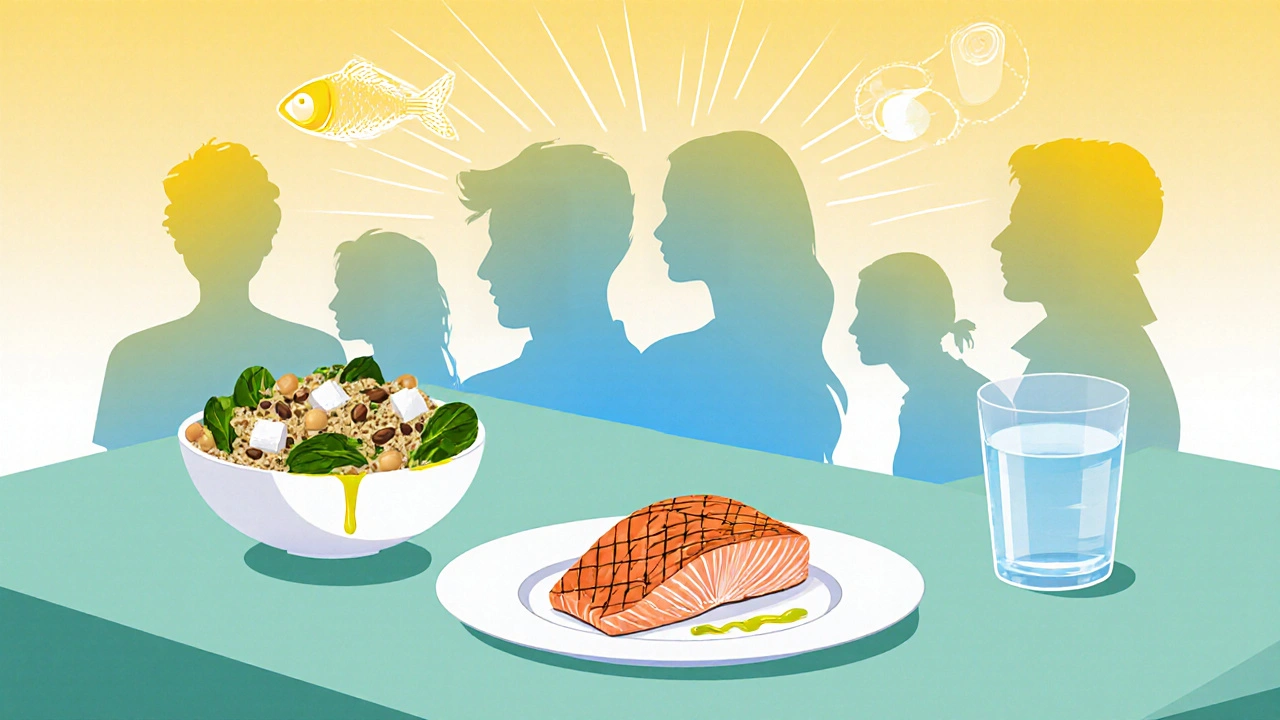
How Different Diet Patterns Influence Hair Growth
Let’s compare three common eating styles and what they mean for a hair‑loss regimen.
| Diet | Key Nutrients for Hair | Effect on Minoxidil | Effect on Finasteride |
|---|---|---|---|
| Balanced Mediterranean | Omega‑3, zinc, vitamin D, lean protein | Improves scalp circulation, boosts anagen extension | Supports hormone balance, may enhance DHT reduction |
| High‑Protein, Low‑Carb (e.g., keto) | Rich protein, biotin, low sugars | Provides amino acids for keratin, but may lack omega‑3 | Stable testosterone levels; monitor for hormonal shifts |
| Typical Western (processed foods) | Deficient in micronutrients, high in refined carbs | May cause inflammation, limiting Minoxidil’s blood‑flow benefits | Potentially higher insulin spikes can raise DHT indirectly |
Notice how the Mediterranean pattern checks all the boxes for supporting both drug actions. If you’re on a less optimal diet, consider targeted supplementation.
Practical Nutrition Checklist for Users of Minoxidil and Finasteride
- Eat a serving of fatty fish (salmon, mackerel) at least twice a week for omega‑3.
- Include a lean protein source (chicken, legumes, eggs) in every main meal.
- Snack on nuts or seeds that are high in zinc (pumpkin seeds, cashews).
- Consume green leafy vegetables daily for vitamin D and iron.
- If dietary sources are low, add a daily biotin supplement of 30‑µg.
- Stay hydrated; scalp dehydration can blunt Minoxidil’s vasodilation.
- Avoid crash diets that cut calories below 1,200 kcal for men; sudden nutrient loss can trigger telogen shedding.
Common Pitfalls and How to Avoid Them
Skipping the scalp massage. Even with Minoxidil applied, a gentle 1‑minute massage each morning helps the solution penetrate deeper. Pair it with a few minutes of low‑intensity cardio to boost overall blood flow.
Over‑supplementing. High doses of vitamin A or selenium can actually increase oxidative stress on follicles. Stick to recommended daily allowances unless a doctor advises otherwise.
Ignoring side effects. Finasteride can cause temporary libido changes in a minority of users. If symptoms persist beyond three months, discuss dosage adjustment with your healthcare provider.
Neglecting sleep. Growth hormone peaks during deep sleep; less than 6 hours per night can blunt the anagen‑extending effect of Minoxidil.
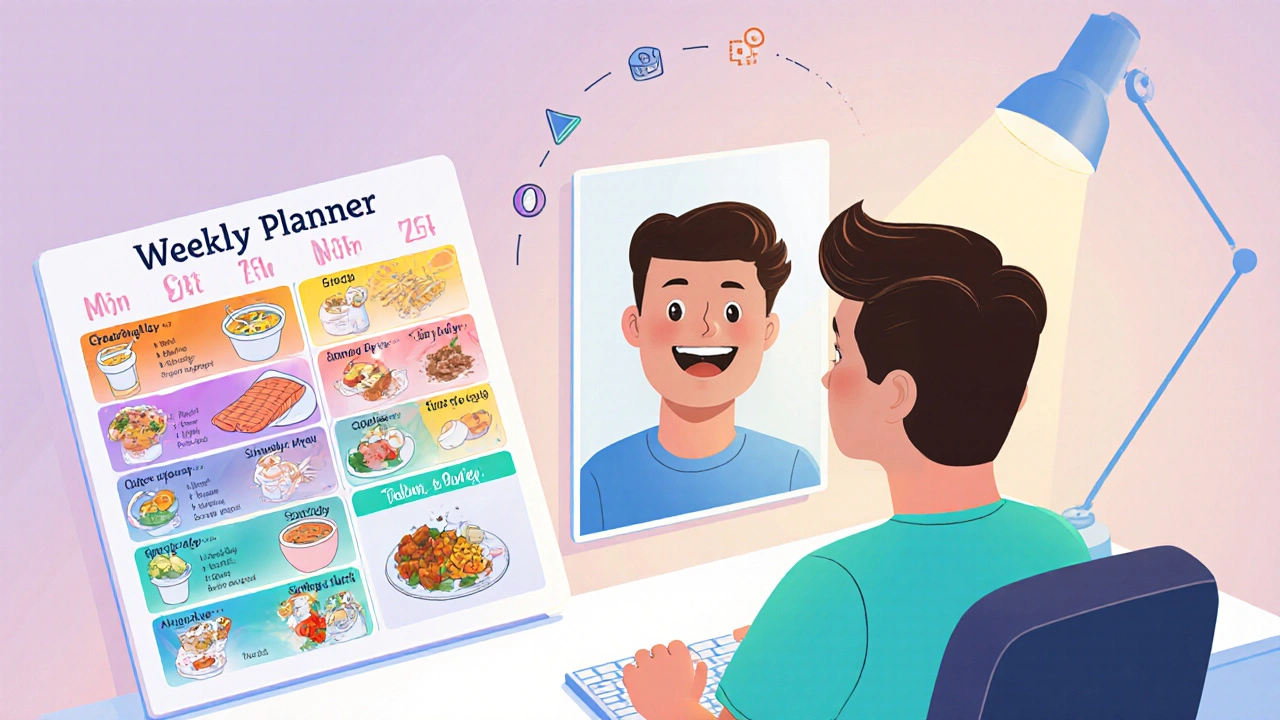
Putting It All Together: A Sample One‑Week Meal Plan
This plan blends the Mediterranean recommendations with easy prep.
- Monday: Breakfast - Greek yogurt with honey and walnuts; Lunch - Quinoa salad with chickpeas, spinach, feta; Dinner - Grilled salmon, roasted broccoli, sweet potato.
- Tuesday: Breakfast - Oatmeal topped with chia seeds and berries; Lunch - Turkey wrap with avocado and mixed greens; Dinner - Stir‑fried tofu, bell peppers, brown rice.
- Wednesday: Breakfast - Scrambled eggs with smoked salmon; Lunch - Lentil soup, side of whole‑grain bread; Dinner - Baked cod, kale salad with lemon‑olive oil dressing.
- Thursday: Breakfast - Smoothie (spinach, banana, protein powder, almond milk); Lunch - Chicken Caesar salad (light dressing); Dinner - Beef kebabs, grilled zucchini, quinoa.
- Friday: Breakfast - Cottage cheese with pineapple; Lunch - Mediterranean platter (hummus, olives, cucumber, whole‑grain pita); Dinner - Shrimp paella with peas.
- Saturday: Breakfast - Whole‑grain toast with avocado and poached egg; Lunch - Tuna salad with mixed beans; Dinner - Eggplant parmesan (eggplant, mozzarella, tomato sauce).
- Sunday: Breakfast - Protein pancakes topped with fresh berries; Lunch - Spinach and feta frittata; Dinner - Roast chicken, roasted carrots, brown rice.
Each day hits the key nutrients-protein, omega‑3, zinc, biotin‑rich foods, and vitamin D sources.
Monitoring Progress and Adjusting Your Regimen
Track both visual changes and measurable metrics:
- Take weekly photos from the same angle and lighting.
- Count shed hairs after washing; a drop from 100 hairs/day to 30 hairs/day signals improvement.
- Note any scalp irritation from Minoxidil; switch to the foam version if redness persists.
- Schedule a blood test after three months of supplementation to verify zinc, vitamin D, and thyroid levels.
If you see plateaus after six months, consider these tweaks:
- Add a low‑dose oral minoxidil (0.25 mg) under physician supervision.
- Switch to a higher‑potency 5 % Minoxidil solution.
- Introduce a platelet‑rich plasma (PRP) session if finances allow.
Frequently Asked Questions
Can I use Minoxidil and Finasteride together?
Yes. The combination targets hair loss from both the outside (Minoxidil) and inside (Finasteride). Most clinicians recommend using both for synergistic results, but monitor for side effects.
Does diet really matter if I'm on medication?
Diet won’t replace medication, but it fuels the follicles so the drugs can work more efficiently. A nutrient‑rich diet can shorten the time you see visible growth.
What are the best food sources of biotin?
Egg yolks, fortified cereals, almonds, sweet potatoes, and cauliflower are top natural sources.
Should I take a supplement if I already eat a balanced diet?
If blood tests show normal levels, supplementation isn’t necessary. Over‑supplementing can cause toxicity, especially with fat‑soluble vitamins.
How long before I notice results?
Most users see the first sign of new growth around 12‑16 weeks. Consistency with both medication and diet is key to reaching that point.
Putting the right food on your plate, staying consistent with Minoxidil and Finasteride, and tracking progress will give you the best shot at thicker, healthier hair.

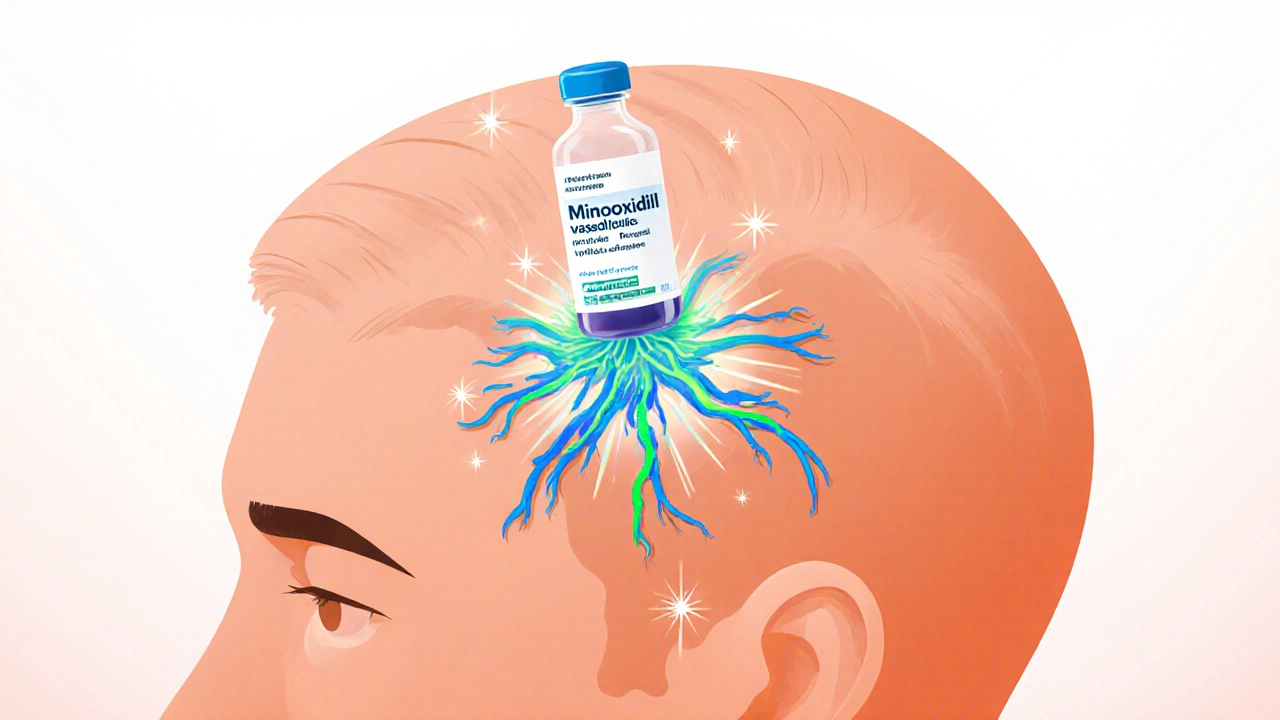

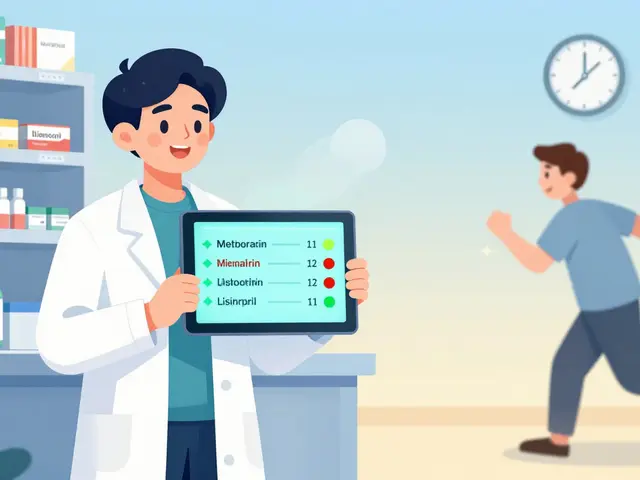
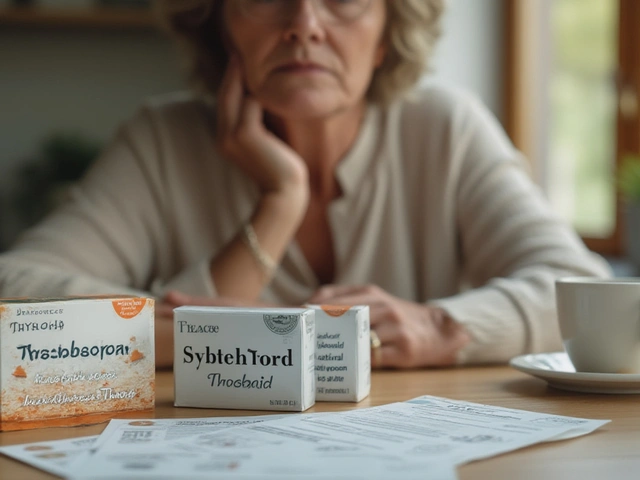
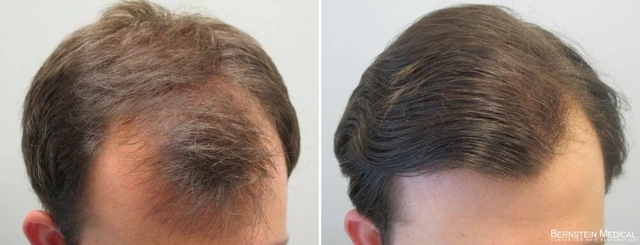

Jill Raney
October 21, 2025 AT 20:13